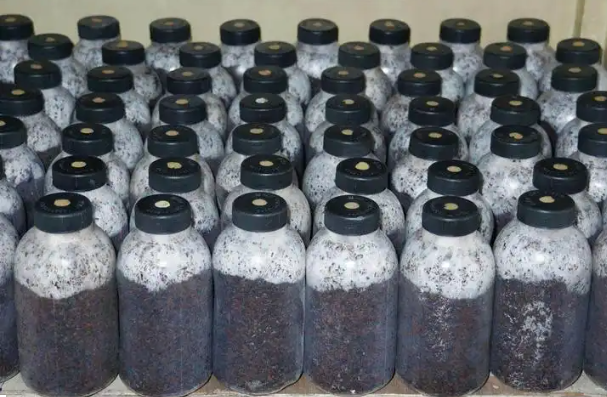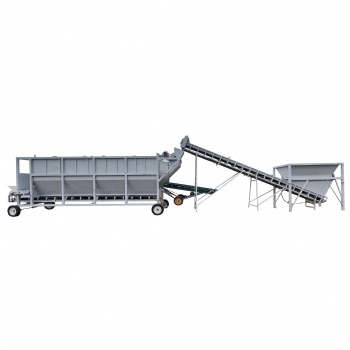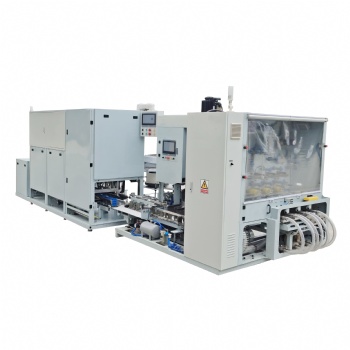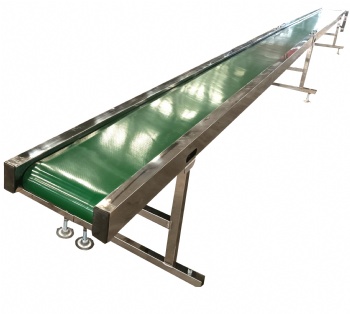News
Sawdust Fungus Production

**Background**: China started cultivating edible/medicinal mushrooms in the 1940s; sawdust-based solid fungus production is still widely used (simple process, accessible equipment, but complex steps, long culture time, low mycelium yield).
**Containers Evolution**: - Traditional: 750ml glass bottles (double-sealed with pierced polypropylene film + kraft paper, fragile/heavy). - Later: PP bottles (≥0.3mm thick, low transparency) and polypropylene bags (15cm×32cm×0.048mm thick, folded) for SMEs. Sawdust Medium ("782011")**: 78% broadleaf sawdust, 20% bran, 1% sugar, 1% light calcium carbonate, 60%-62% moisture, pH 6.2-6.5. . **Key Production Steps**: - Fill bags, insert pre-holed plastic rod (bag height: 16-17cm), seal, autoclave, cool. - Inoculate in a box: Unhook the string via the rod hole, attach mother spawn to the hole bottom and medium surface (speeds up bag colonization). - Store in plastic baskets; keep the spawn room clean, mop daily. - Check for contamination from day 9 (hold bags gently to avoid pressure differences causing contamination).
**Spawn Types & Application**: - Growers often buy plastic-bottled spawn (fixed shape, no pressure differences) for self-propagation. - Small-diameter plastic bags were replaced by growing-sized bags (mechanical filling); then stick spawn and liquid spawn (covers most commercial mushrooms except nameko) emerged. - Large continuous enterprises use liquid spawn; seasonal cultivation (e.g., *Ganoderma lucidum*, growing bags produced Dec-Mar) still uses sawdust solid spawn (liquid spawn causes high equipment idleness). *Agaricus bisporus* uses wheat grain spawn.
**Modern Spawn Centers (Strict Requirements)**: - Inoculated bags go directly to primary cultivation warehouses (connected to inoculation warehouses). - Equipped with high-efficiency air purifiers, auto temperature control, intermittent time-controlled internal circulation. - Sawdust solid spawn can be cultivated with growing bags.
**Environmental Needs**: Dark (warm light), 65% air humidity, CO₂ ≤0.25%.
Categories
Contact Us
- +86 15093267083
- +86 15093267083
- amy@zzbelead.com
- +8615093267083




